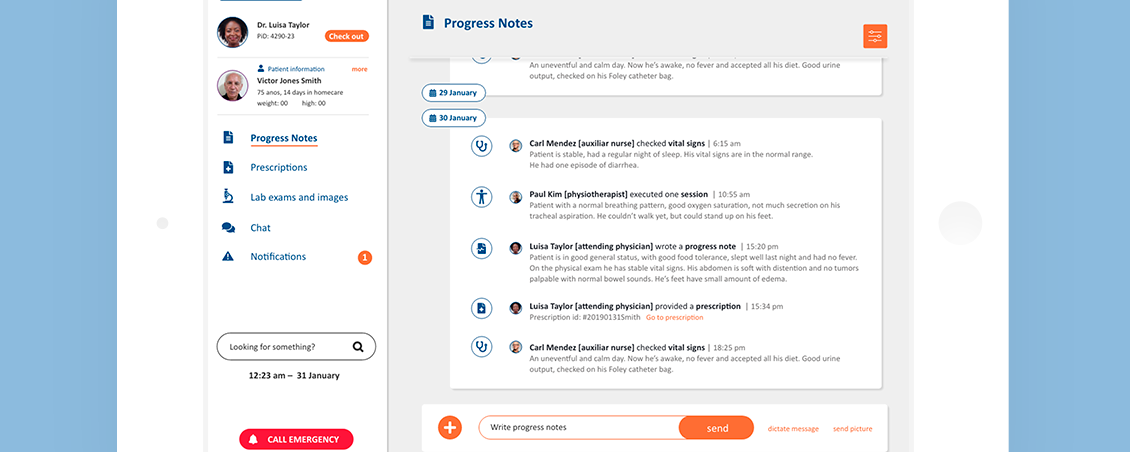Background
One of the largest banks in Brazil was building a groundbreaking solution to allow its clients to make instant payments between banks at no cost through blockchain technology. The success of the service depended on a team of managers monitoring and keeping control of the transactions and therefore they needed to rely on a powerful and high usability tool on a daily basis.
Scope
I joined the project to lead the design of the user experience for those who would manage the service, i.e., the institutional users of the solution, from discovery to design. My task was to research and understand user needs, help define the mvp (minimum viable product) and design the prototype, always addressing the technological constraints.
Process
➜ DISCOVERY PHASE
We started by building a service blueprint, which clarified and communicated how the service would perform, how the banks would connect to each other and how the incidents would probably take place.
Once this information was obtained, we moved into the interview phase with future managers and soon found out the tool wasn't going to be fast enough. They had little information about the service mechanics but, at the same time, they had a good understanding of the business priorities.
So far, the discovery phase has revealed that the main user needs were:
→ spotting incidents at scale
→ broadcasting to the entire network
→ identifying business opportunities
We switched strategies and decided to hold short workshops with developers and users, similar to Design Studios. Our goal was to build common knowledge, sketch screens and flows, and quickly validate low-fidelity prototypes that I built from one session to the next.



The project developed quickly and soon we had wireframes of the MVP features which were tested before moving on to high-fidelity prototyping.
Since the platform was going to be used by managers from many institutions, the visual solution needed to be neutral, with no reference to the visual identity of any of the banks taking part in the enterprise. The dark palette was the choice of the users.
The stakeholders were satisfied with the result and delighted with how fast we were able to present a coherent full solution for the system without the necessity of coding. The path we took definitely helped save time and money during development. By being a part of the process, the future users built a sense of ownership regarding the interface and the service. The project reminded me of the importance of aligning decision-makers, users and developers; and of building the solution in a collaborative way.
In this project, one of the main challenges we had was bringing together stakeholders from the business side and from technology, people who hadn't spoken in months. On the hand-over meeting, the last step of the project, I was thrilled to see one of the managers reminding the developers the reasons behind one design decision that we made together. In that moment, I knew my job was done.
I believe designers should be like water: adaptive and discrete.


